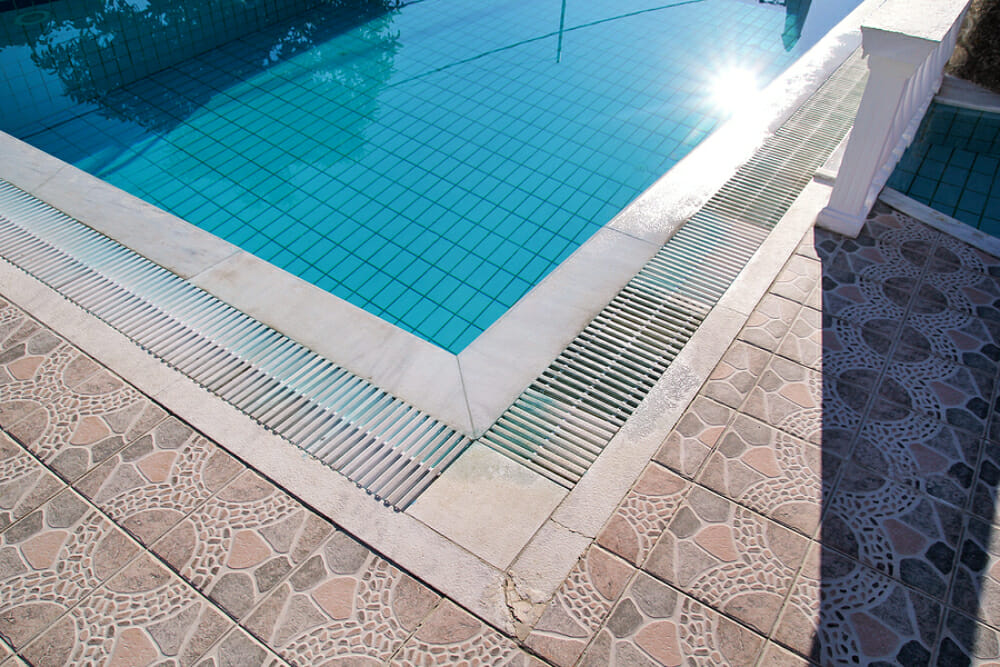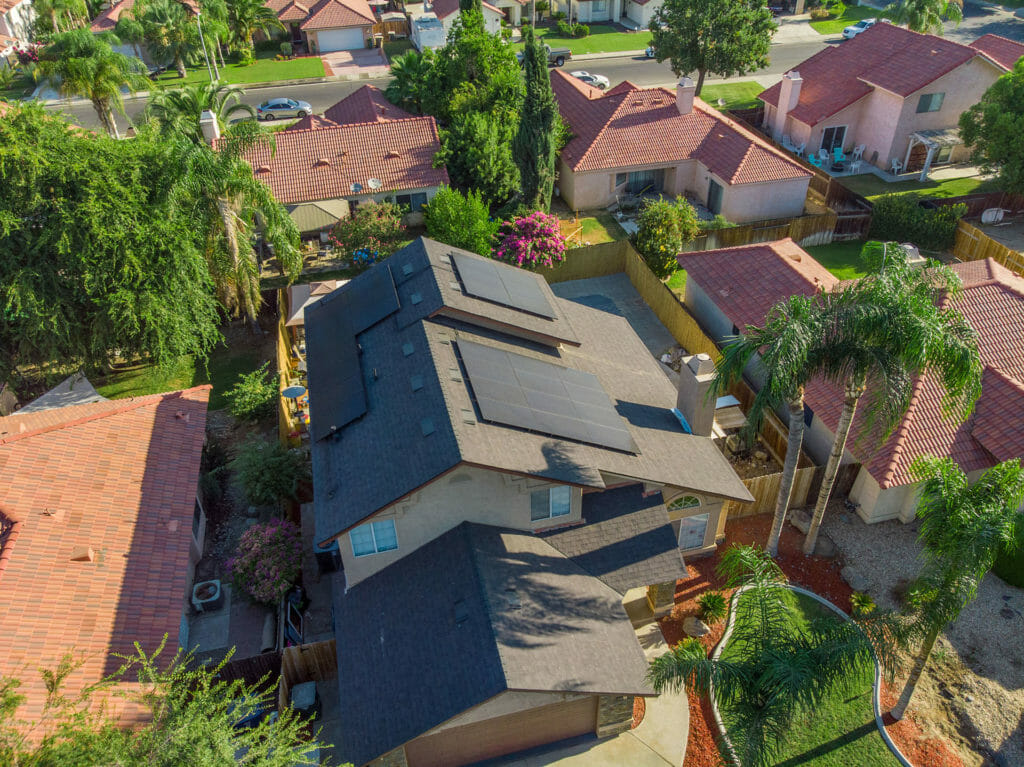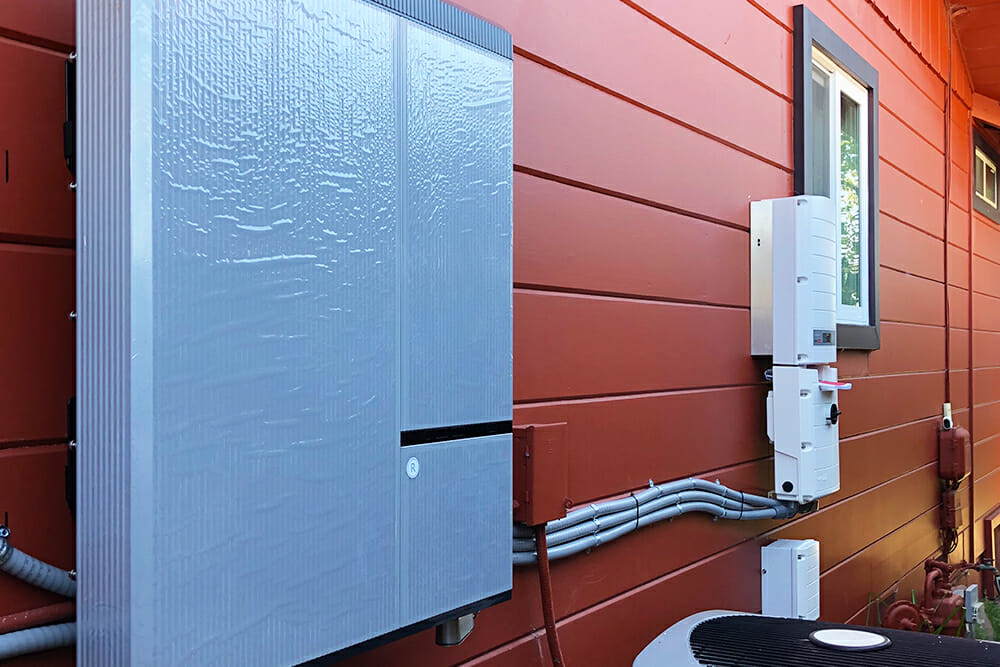Home battery storage is a popular addition to solar power systems, and for good reason. Home batteries store energy produced by solar panels. This energy can be used during times when the panels do not produce energy. The best part is that using energy stored in a battery storage system costs nothing—the energy has already been produced by your solar panels, so it’s just free power waiting to be used.
There are two big reasons why homeowners want battery storage: to reduce their energy consumption under time-of-use pricing, and to avoid increasingly common blackouts imposed by PG&E and other utilities during fire season.
Like the fuel-powered generators they replace, battery storage systems come in either partial load or whole home. Before you tack on a battery storage system to your home, understanding how they work—and the limitations of each—will help you choose the solution that is right for you.
Partial-load battery systems provide power to home appliances, but they can’t be used to power the entire home.
Today, solar power systems are extremely capable, with very little maintenance or upkeep required. And they’re cheaper to buy now than ever before.
But what happens when the sun goes down? Or when the weather is cloudy? Or worse yet, the power goes out? You will have to use energy from the power grid—costing you more money on your monthly power bill—or in the case of an outage, you will be left without power altogether.
That’s where a battery storage system comes into play. When your panels aren’t producing enough energy to keep up with demand, you can tap into your battery storage and continue powering your home with solar power. You can do this after sundown, when it’s cloudy outside, and when there is a power outage.
Ideally, you would be able to power your entire home with the battery storage system, but unfortunately that is currently impractical due to cost and limited energy storage capacity.
You may want to use the washing machine, heater or A/C, microwave, oven, television, or other appliances while sourcing power from your home battery. But home batteries don’t have enough juice to power a lot of heavy-duty appliances. If you try to, you’ll end up running out of power in just a few hours.
If you’re just trying to reduce your reliance on the power grid to keep your bills to a minimum, try to run appliances, such as the dishwasher or clothes dryer, during the day when your solar panels are producing energy. In the case of a power outage, when you can only use your home battery, your goal should be to prioritize your needs. Think about the appliances you can do without for a few days. No, you won’t be able to flip on the TV or use your A/C, but you can keep the fridge cold and living room lights on.
One way to maximize the storage capacity you do have is by upgrading to energy efficient appliances and devices. Appliances that require less energy will use up your battery’s energy slower, and you’ll be able to keep the lights on for longer periods of time.
With partial-load battery backups, the idea is to keep the essentials powered up. Using your battery system wisely will help you avoid the inconvenience of blackouts, while also allowing you to save money during high-cost time-of-use periods.
A whole-home battery storage system is much less practical.
In general, whole-home systems come with larger storage capacities. The problem is that battery storage systems encourage a greater rate of energy use, which undermines their ability to store more energy.
Think of the battery storage system just like your phone. If you have a phone with only a few gigabytes of storage, you carefully manage it, deleting photos, games, and apps you don’t need. But when you have a phone with a huge amount of storage, you download everything, and end up running out of space quickly.
if you opt for a larger size battery designed to power your entire home, yes, you will be able to power your entire home—but only for a few hours. Such systems don’t have the capacity to power your home for days. You’ll quickly run out of electricity, and once you’re out, you’re out—until the power comes back on.
Even if a whole-home battery system is affordable for you, you’re better served by going for a partial-load system, and being strategic about your power use in the case of a power outage. Again, you should prioritize the appliances that you want to keep powered on. Figure out what is essential, and avoid using anything else. The most important appliances in your home are likely your fridge, freezer, lights in critical rooms, and personal health devices, like CPAP and oxygen machines. Using your battery storage system in this way is the most practical and efficient.
If you’re considering a battery storage system, Ilum Solar can provide you with all the information you need. We install battery storage systems from the most reputable manufacturers, and offer a range of storage options. Give us a call today—our solar experts are ready to help you!




